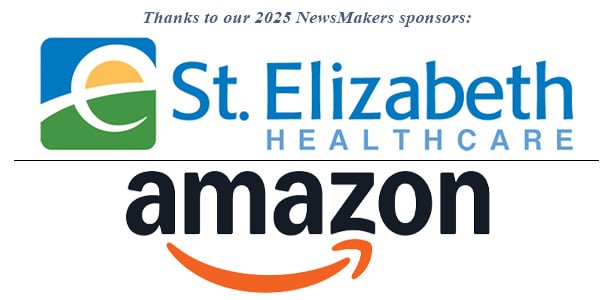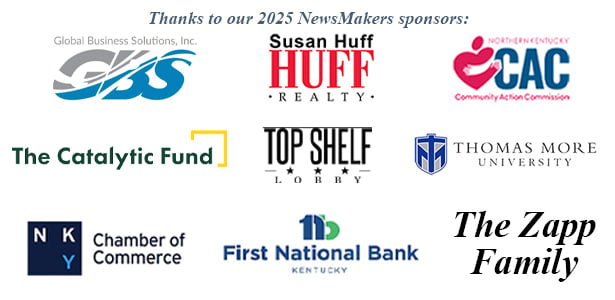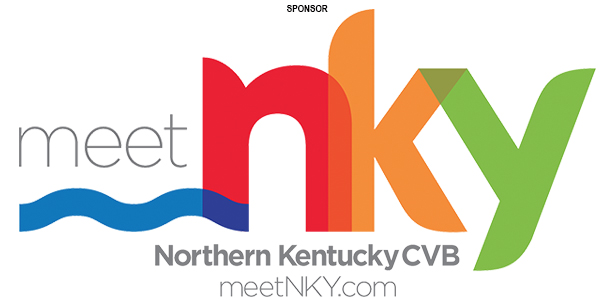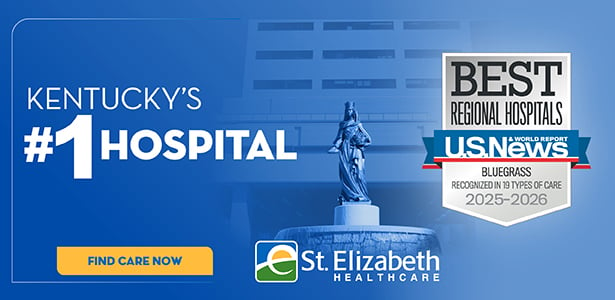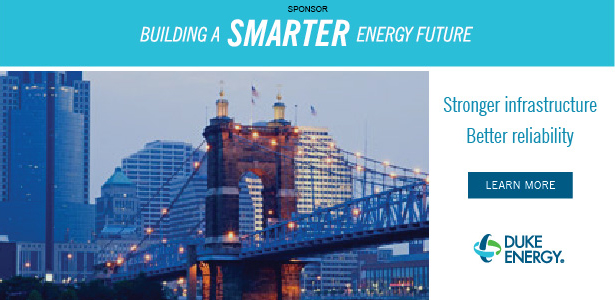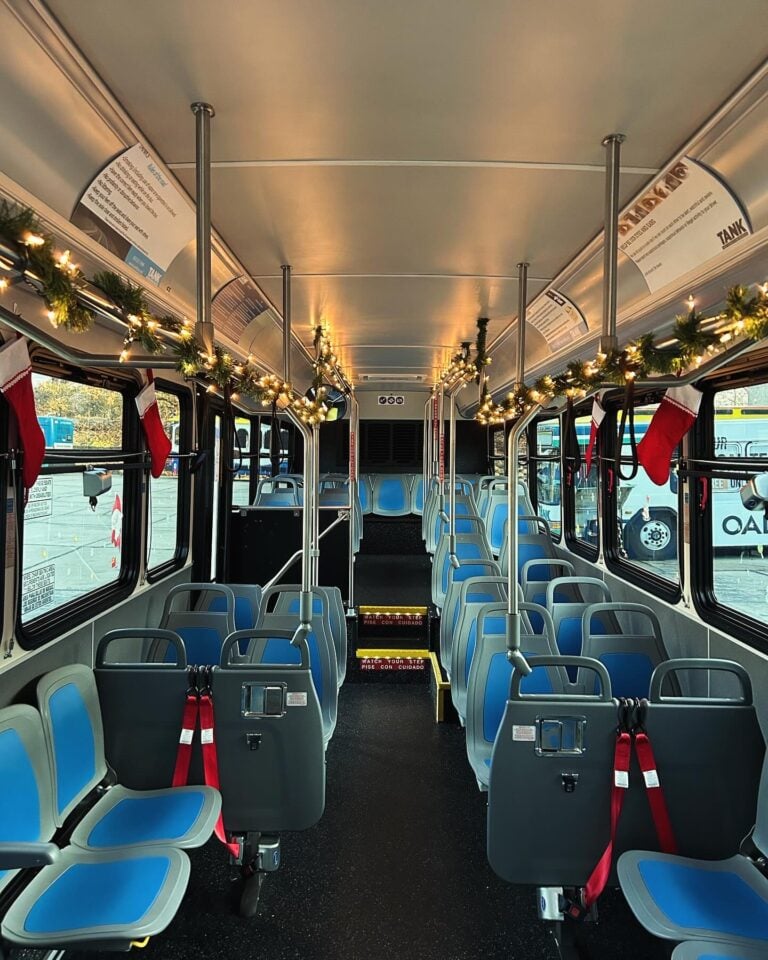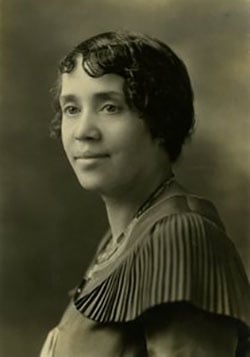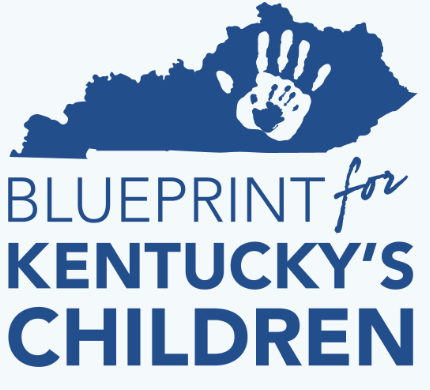By Nada Hassanein
Stateline
In Kentucky, patients drive up to two hours to see Dr. Manikya Kuriti, one of the few endocrinologists who serve the rural communities surrounding Louisville.
Kuriti’s husband, a pulmonologist, drives from Louisville to small hospitals an hour south and north, in Indiana, to help small teams treat critically ill patients.
Rural communities have long struggled to recruit and retain doctors. Many rural hospitals are struggling financially, and have had to eliminate services or even shut down. The shortage of providers is critical in rural communities that tend to have higher rates of chronic illness and early death compared with their urban counterparts.

Many immigrant physicians help fill those gaps thanks in part to the H-1B visa, which allows skilled foreign workers to come work in the U.S. Both Kuriti and her husband came to the U.S. via the H-1B visa.
But last month, President Donald Trump announced a new $100,000 fee for H-1B visas. The announcement quickly drew criticism from leading medical organizations, which note immigrant physicians make up a significant portion of the health care workforce. They’re concerned the move will hinder the flow of immigrant doctors to the U.S. and exacerbate the nation’s doctor shortage, which is expected to worsen in the coming decades.
Earlier this month, labor unions and other groups filed a lawsuit in the U.S. District Court for the Northern District of California against the administration over the payment. They argue that the move is unlawful and that the president doesn’t have the authority to circumvent Congress to collect such revenue. The plaintiffs — represented by the South Asian American Justice Collaborative, the Justice Action Center and others — include the AFL-CIO Committee of Interns and Residents and Global Nurse Force.
Last month, the American Medical Association and more than 50 other organizations sent a letter to the Department of Homeland Security urging the administration to exempt international medical school graduates from the fee.
According to projections by the Association of American Medical Colleges, the U.S. could see a shortage of up to 86,000 doctors by the year 2036, the groups emphasized in the letter.
National interest
The president’s order says the secretary of homeland security can, at her discretion, waive the $100,000 requirement for prospective H-1B workers in specific industries if it’s in the “national interest and does not pose a threat to the security or welfare” of the nation.
The AMA’s joint letter urges the secretary “to clarify that all physicians, including medical residents, fellows, researchers, and those working in nonclinical settings” are “critical to our national interest” and therefore exempt.
The Department of Homeland Security referred a Stateline request for comment to the White House, which hadn’t responded as of Thursday.
Dr. Tom Price, who served as secretary of health and human services during Trump’s first term, said in an interview that medical workers should be exempt from the $100,000 fee.
“A significant fee for any further H-1B visas in the area of the health care workforce will be detrimental … especially in low-served areas or rural areas,” said Price, a former Republican member of Congress.
In 2024, nearly a quarter of licensed physicians in the U.S. were foreign-trained and roughly 46% of foreign-trained physicians practiced in rural areas, according to data from the Federation of State Medical Boards cited by the AMA. And between 2001 and last year, almost 23,000 H-1B physicians worked in communities considered underserved.
Trump and other critics of H-1B visas say that some employers, especially tech companies, have abused the program by using it to replace native-born workers with foreigners who will work for less, rather than using it to fill jobs they can’t find Americans to do. But tech companies would have an easier time paying the fee than many hospitals.
Elizabeth Ricci, a Tallahassee, Florida-based immigration lawyer and national expert in immigration law, said at least one hospital in the South has asked her whether it must pay the fee itself or whether it can pass it on to the prospective physician. Before the new $100,000 fee, employers had to pay between $2,000 and $5,000 for each potential H-1B employee.
“It’s probably going to require litigation to get that guidance,” Ricci said. “And in the meantime, people aren’t filing because they are concerned that they’re going to be responsible for $100,000,” Ricci added.
The University of Washington said it has paused H-1B visa petitions.
“The uncertainty around visas creates a significant disruption for talented individuals who hope to train and work at UW Medicine,” Dr. Tim Dellit, CEO of UW Medicine and dean of the UW School of Medicine, wrote in email to Stateline. “It represents a loss for the research and education communities, as well as for the vital clinical care we provide on behalf of our patients and the broader community.”
Iowa, West Virginia and North Dakota — conservative-leaning, largely rural states — had the largest share of physician applicants under the H-1B visa relative to total physicians, according to a study published in July in the Journal of General Internal Medicine.
‘The need is there’
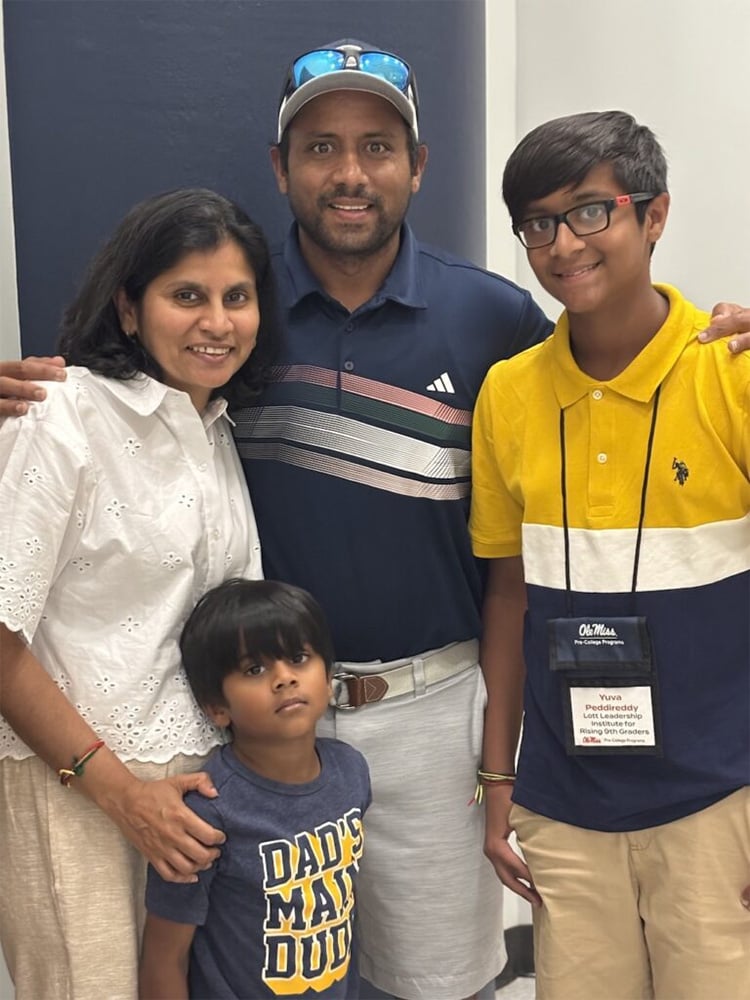
When Dr. Sridevi Alla arrived in Mississippi two decades ago, she was part of a small team of hospitalists at a rural clinic in Kosciusko, in the central part of the state. She now practices in Jackson, and on any given day, she could be treating patients having a stroke, complications from untreated diabetes, or someone with dangerously high blood pressure.
“In a state which already has a physician shortage, I think that’s definitely going to affect primary care,” Alla said, referring to the payment.
Alla said she considers herself a Mississippian, and that she’s always felt welcomed and valued by hospital leadership and patients.
“We never felt [like] foreigners in the medical community,” she said. “Maybe from an immigration standpoint we are, but not around being a part of health care.”
She noted Mississippi’s high rates of diabetes, heart disease, infant mortality and poverty.
“This is where I was trained. I sincerely feel like the need is there,” she said. “Even though maybe there are opportunities out [there], I never sincerely looked outside because I felt this is the home after home.”
Four-year limit proposal
Many physicians come to the U.S. under the temporary J-1 visa, which allows medical graduates to come for training and graduate medical education. They are then required to return to their home countries for at least two years. But they can apply for a waiver to stay if they work in rural or underserved communities, which allows them to transfer to an H-1B visa.
In addition to the new $100,000 fee, the administration has proposed a four-year limit on how long J-1 visa holders can stay in the U.S.
AMA President Dr. Bobby Mukkamala, a Flint, Michigan, otolaryngologist, said both his parents immigrated to the U.S. from India to complete their medical residencies.
“In that same hospital where they did their training back in 1970, here in 2025, we still have 30 to 35 international medical graduates that come in,” he said.
Now, hospitals have to “figure out where we’re going to get $100,000 per doctor.”
“We need to not just have the physicians talking about this, but to add to that the understanding of our own lawmakers,” he said.
Dr. Mette Strand, an internal medicine physician at Livingston HealthCare, a 25-bed critical access hospital serving rural Montana, emigrated from Norway. Many of those who mentored her, including specialist colleagues, are immigrants, too.
“Cutting IMGs [international medical graduates], we would be in further need of doctors in an already underserved state,” she said. “I would have a hard time seeing how we would run our hospitals and our clinics.”
Stateline reporter Nada Hassanein can be reached at nhassanein@stateline.org.
Stateline is part of States Newsroom, a nonprofit news network supported by grants and a coalition of donors as a 501c(3) public charity. Stateline maintains editorial independence. Contact Editor Scott S. Greenberger for questions: info@stateline.org.

